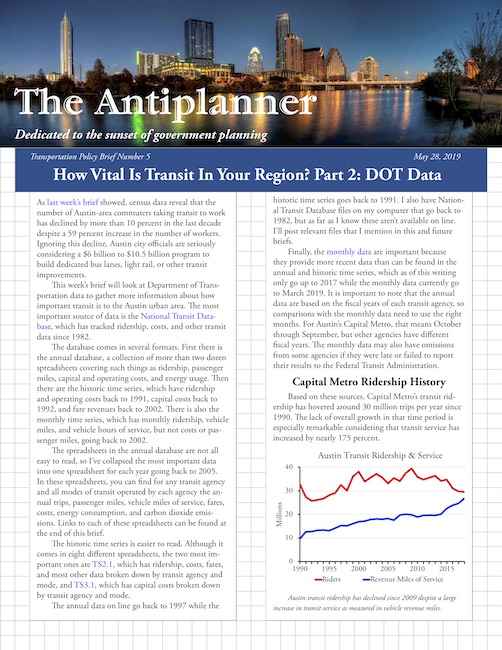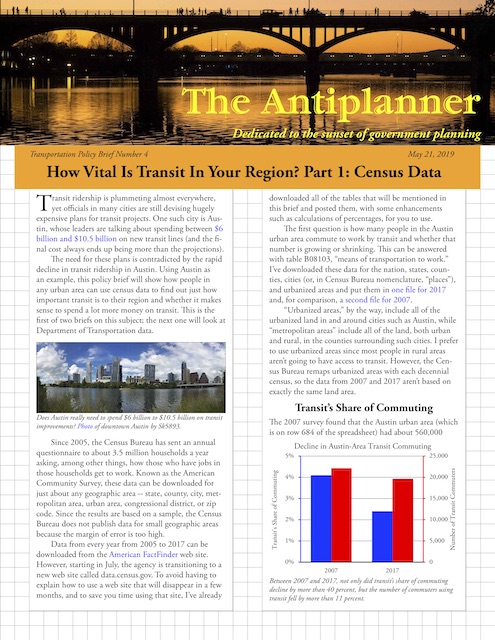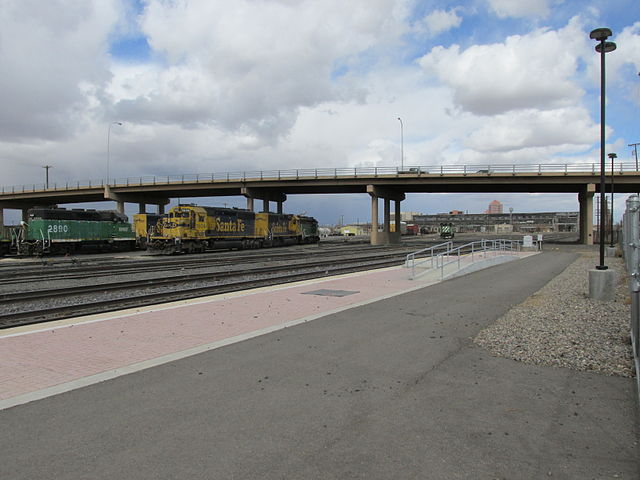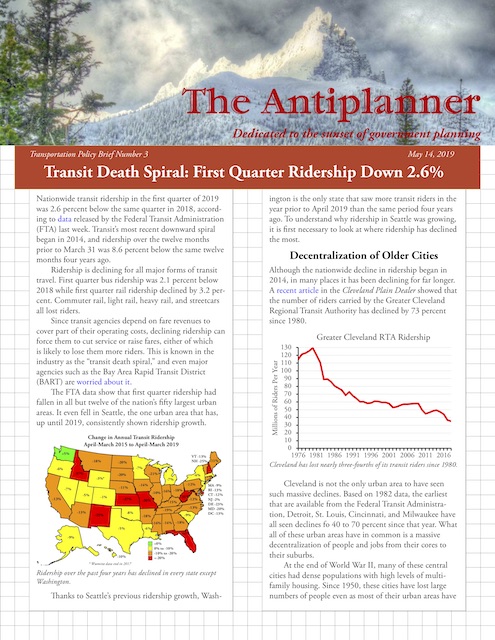One of the requirements for graduating from the Oregon State School of Forestry was that students had to spend at least one summer working for a forestry company or agency. On application, the school agreed that work studying forest policy for OSPIRG would qualify. Since my 1972 internship earned so much publicity, OSPIRG was happy to hire me again for the summer of 1973 and to put me to work on a forestry project.
I wanted to study the Forest Service but OSPIRG asked me to study the Bureau of Land Management (BLM) instead. While I was still in school in Corvallis, OSPIRG’s main office in Portland had been visited by a strange man named Robert Bradley Jones who was concerned about BLM lands in western Oregon. He had written a book called One by One which told the sordid story of how Congress had given every other square mile of land between Portland and the California border (as well as between Roseburg and Coos Bay) as grants to the Oregon & California Railroad and wagon road builders and then took them back when the railroad failed to comply with the terms of the grant. Known as the O&C lands, these revested land grants represented less than 1 percent of the area managed by the BLM but produced something like 90 percent of its timber.
In 1937, Congress had written a law directing the Secretary of the Interior to manage the O&C lands for timber on a sustained yield basis, probably the first time Congress had used the term “sustained yield” in a law. The law also directed the secretary to give 75 percent of the revenues to the counties in lieu of the property taxes the counties would have collected had the lands been private. Most of the counties had agreed to give a third of their share of the funds to the BLM to pay for roads, reforestation, and other costs of accessing and managing the timber. They reasoned that, if the BLM didn’t have any money, it couldn’t sell much timber, so 50 percent of a lot of sales would be better for the counties than 75 percent of not much. Continue reading











